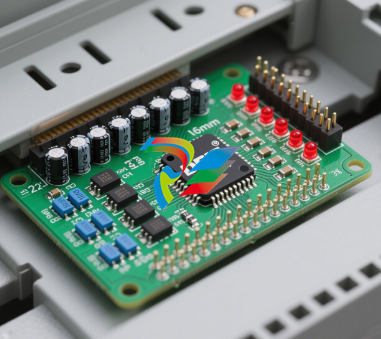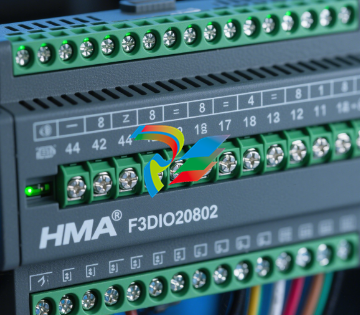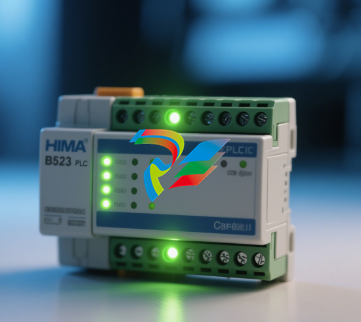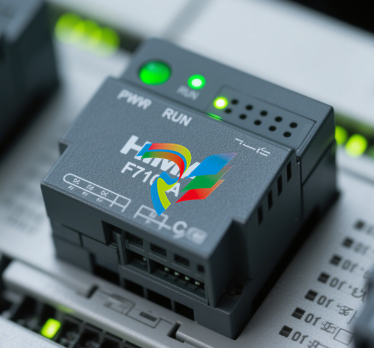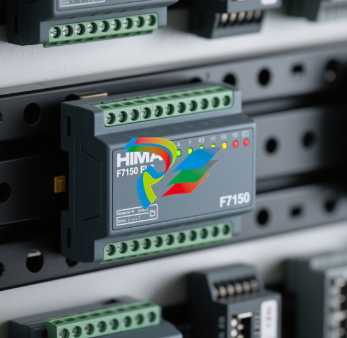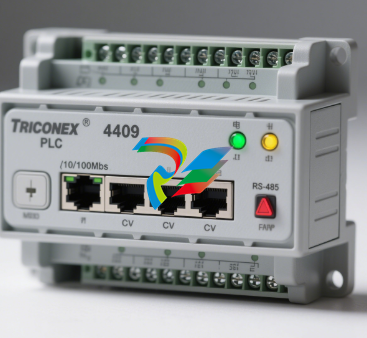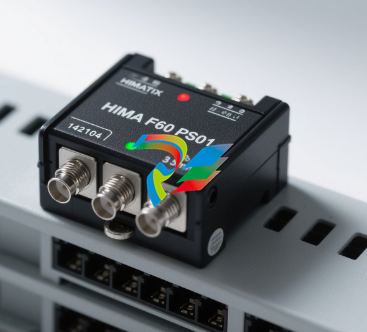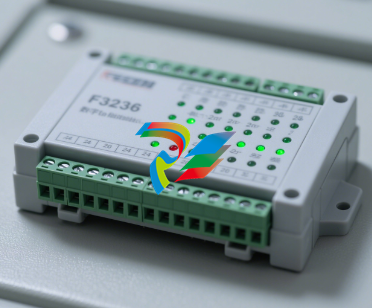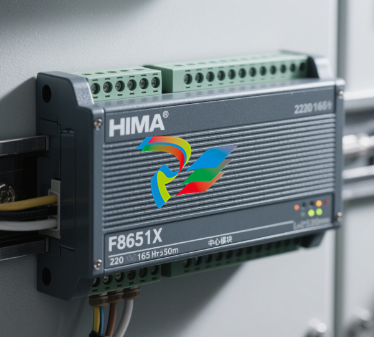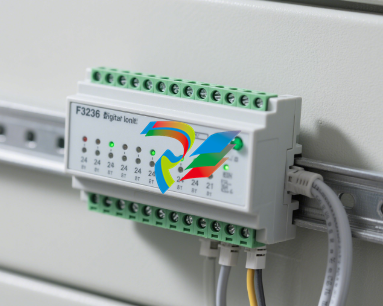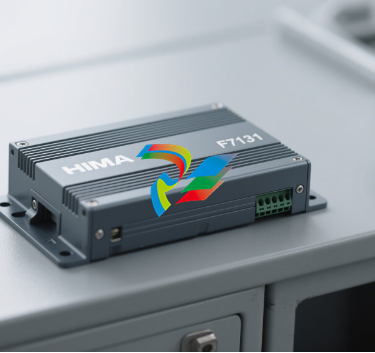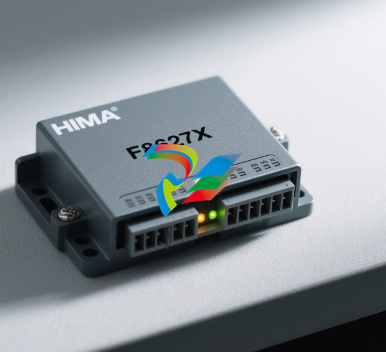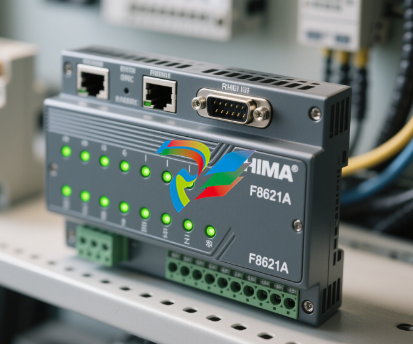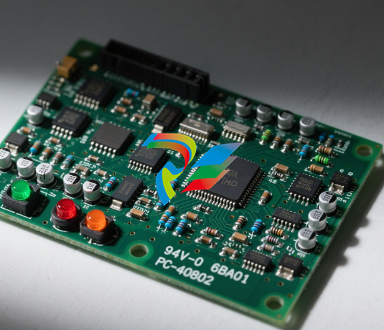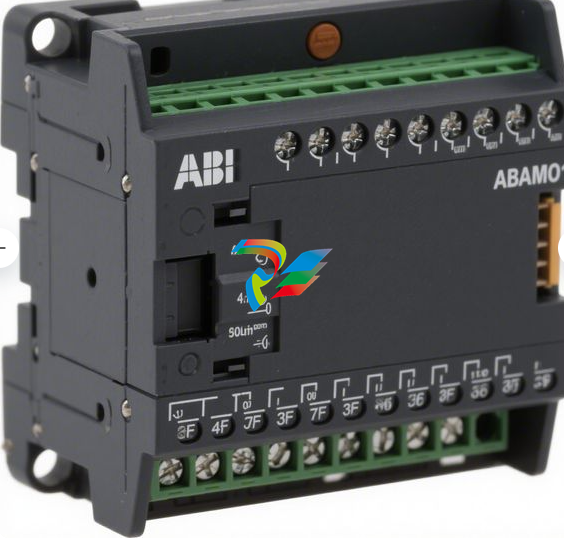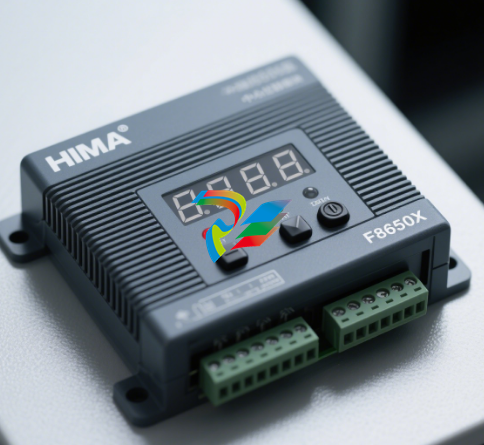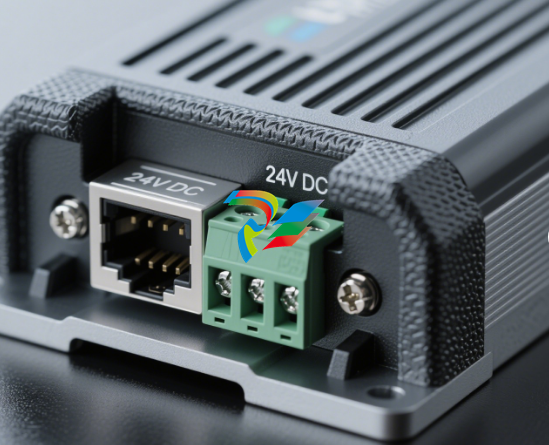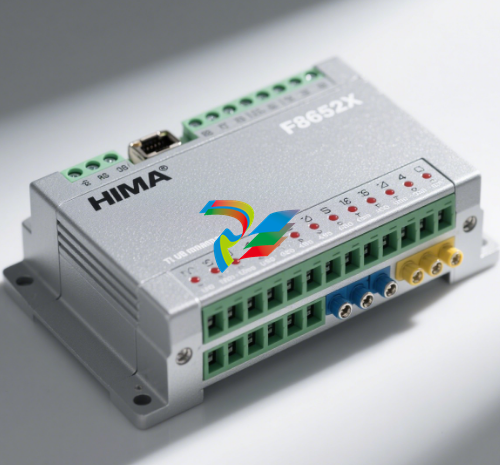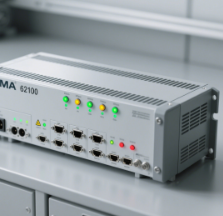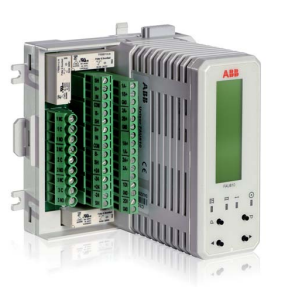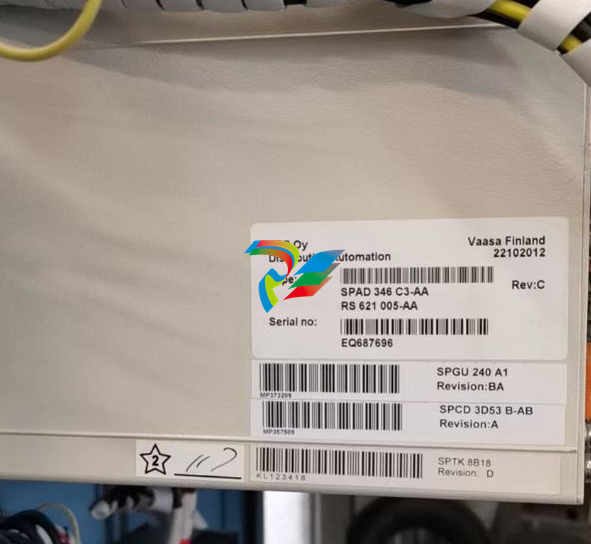
The 5 Most Powerful Combat / Battle Ships in the World
Who rules the waves?
For hundreds of years, the answer to this question was an important one, with the might and power of a nation’s combat ships readily determining the winners and losers of wars.
While naval battles are, for the most part, a thing of the past, combat ships remain an important indicator of military might for all powerful nations. Recent decades have seen huge advances in these vessels’ technological capabilities, and the current global naval vessels and surface combatants market revenue is valued at $104.9 billion. There are aproximately 2,704 large combat ships in operation globally, with China operating the most ships, followed by Russia. The U.S. Navy comes in at fourth place, but it is still considered the most powerful in the world, due to its more advanced naval technology.
Ships have played a part in warfare since ancient times. The first evidence of their use was in Ancient Egypt, where they were rammed into enemy vessels to sink them. Technological advances later enabled combatants to invade an enemy’s ship and fight directly with those onboard. Artillery on board ships was also developed early, but it was not until the 1500s that the famous sailing ships capable of carrying cannons started sailing the seas.

The Industrial Revolution gave the world iron-clad, steam-powered battleships, like those used in the American Civil War. But the battleship era peaked in the early 20th century, with the launch of the HMS Dreadnought, which was bigger, faster, and more heavily gunned than any of its predecessors.
The Second World War marked the end of the battleship’s preeminence in a navy’s fleet. It was replaced by the carrier, which sent aircraft to make attacks rather than directly engaging in combat.
From the Cold War onwards, the destroyer has been the dominant surface-combat ship of all navies, using ever-developing technology to protect the fleet against attacks, and carrying anti-surface, anti-submarine, and anti-aircraft weapons. Typical features of 21st century destroyers are surface-to-air missiles, anti-submarine torpedoes, anti-ship missiles, helicopters, and main guns. The destroyers use radar and computers to track and guide weapons to destroy enemy targets and sonar to detect submarines.
Below, we explore five of the world’s most imposing ships and consider what makes them so impressive.
1. King Sejong the Great Class Destroyer
Class: Republic of Korea Navy Guided-Missile Destroyer
Launched: 2007
Cost: $925 million
One of several warships to use the state-of-the-art Aegis Combat System, South Korea’s King Sejong the Great leads the group with its firepower capabilities.
The vessel has more missile capacity than any other ship in the world, with 16 RIM 116 Rolling Airframe Missiles (RAM) and 16 SSM-700K anti-ship missiles, as well as two helicopters.
The Aegis Combat system is an automated command control system, which features the MK41 vertical launch system (VLS), AN/SPY-1 passive radar technology, and ballistic missile defense (BMD).
In addition, King Sejong the Great Class Destroyer uses the SLQ-200K Sonata EW suite, which detects enemy activity before deploying omnidirectional jamming technology to counter it, using a wideband signal and digital receiver.
The South Korean Navy uses the ship to patrol the Pacific Ocean.
2. Arleigh Burke Class Destroyer
Class: U.S. Navy guided-missile destroyer
Launched: 1991
Cost: $2.5 billion
Like South Korea’s King Sejong, the U.S. Navy’s Arleigh Burke Class Destroyer uses the autonomous Aegis Combat System, enabling its high-powered radar to simultaneously search, track, and guide missiles. Larger and more heavily armed than the destroyers that came before it, the Arleigh Burke also features the Mark 99 fire control system and vertical missile launch technology, which allows it to intercept hostile aircraft and missiles mid-air.
In addition, this vessel uses the AN/SPY-1D radar, which projects electromagnetic beams in multiple directions at the same time. Unlike similar destroyers, the Arleigh Burke Class boasts two Mark Phalanx CIWS and two Mark-141 missile launchers.
The Arleigh Burke has been in production longer than any other U.S. Navy combat ship, and that won’t be changing anytime soon. It has seen combat during Operation Desert Strike, Operation Desert Fox, Operation Iraqi Freedom, and, more recently, in the Gulf of Aden for strikes against the Houthi territories of Yemen. Approximately 73 of these impressive vessels are currently in service, and the Office of the Chief of Naval Operations, Surface Warfare Division approved an extension of service for four Arleigh Burke class guided-missile destroyers in 2023.
3. Type 055 Destroyer
Class: Chinese People’s Liberation Army Navy guided-missile cruiser
Launched: 2020
Cost: $866 million
The flagship destroyer in China’s navy, this imposing vessel is the culmination of the Chinese government’s long-held desire to build a long-range surface combatant worthy of its international rivals.
The Type 055 has 112 universal vertical launch system (VLS) missile tubes, carrying both surface-to-air missiles (SAMs) and anti-ship cruise missiles, both with a range of more than 100 nautical miles. It is thought that the VLS tubes also have capacity for anti-submarine


